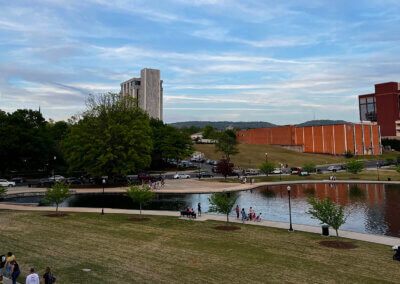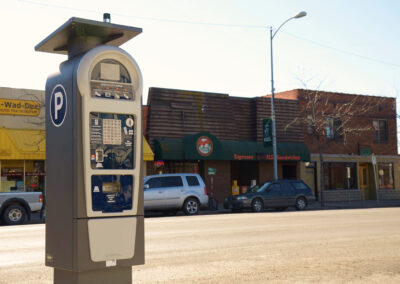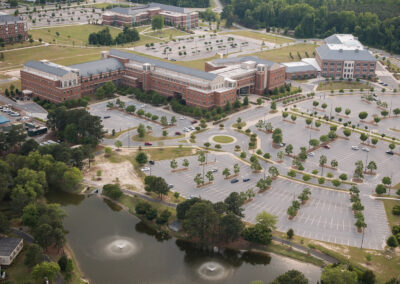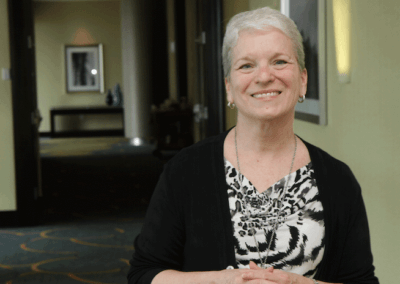
Customer Success Story: University of Montana Transforms Citation Payments with T2 Scan & Pay, a T2 Systems Mobile Payment System
University of Montana case study: see how T2 Systems’ Scan & Pay mobile payment platform transformed parking citation payments—streamlining efficiency and boosting convenience.

Customer Success Story: City of Aspen Simplifies Citation Payments with T2 Scan & Pay
T2 Systems’ Scan & Pay mobile solution streamlines parking citation payments, enhancing convenience, speed, and enforcement efficiency for the city of Aspen, CO.

T2 Citation Services Helps Generate Additional Revenue for Affordable Parking and Expansion Projects at University of Oklahoma
Additional revenue through T2 Citation Services helped fund parking expansion at University of Oklahoma, as well as keep permits and citations affordable. T2 handled their collections efficiently with an emphasis on excellent customer service, just the way they wanted.

T2 Simplifies Municipal Parking and Enhances City Experience
The steps Lancaster Parking Authority took in 2017 were especially big, when the City of Lancaster and its police handed over residential parking permit and parking enforcement responsibilities to LPA. The parking system was in dire straits, and it needed to be repaired.

T2 Systems Partnership Relieves Unprecedented Staff Overload
Automation Alleviation: T2 Works with Colorado State University to Ease Pandemic Parking Problems

T2 Flex Makes Large Event Parking Easy
University of Wisconsin-La Crosse was using a cash-based parking system for large event parking, resulting in massive staffing requirements and persistent cash discrepancies. In order to modernize and improve efficiency during large events, they customized T2 Flex integrations, utilized automations, and piloted the cash-free, frictionless system with outstanding results.
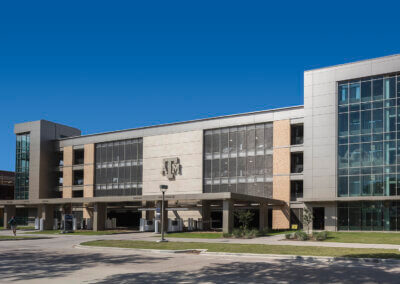
Texas A&M University
T2 Flex parking management software & PARCS help Texas A&M increase efficiency & instill trust.

Lexington & Fayette County Parking Authority
LEXPARK and T2 race ahead toward a frictionless parking future with T2 Pay Stations and MobilePay.

LSU Health Sciences Center New Orleans
LSU Health Sciences Center New Orleans maximizes limited resources with T2’s all-in-one parking management solution.

City of La Crosse, WI
T2’s total package helps the City of La Crosse, WI deliver a seamless parking experience.

University of South Florida
T2 Citation Services helps USF maximize revenue from citation collections.

Louisiana State University
LSU streamlines processes with T2’s all-in-one parking management system.
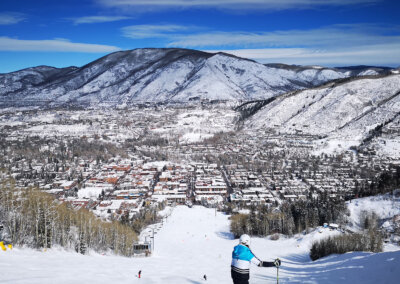
City of Aspen
The City of Aspen improves efficiency and customer satisfaction with virtual permits & LPR.

EasyPark Vancouver
T2’s flexible solutions help EasyPark provide convenient parking for all Vancouver residents and visitors.

Allentown Parking Authority
The Allentown Parking Authority needed a comprehensive parking enforcement solution that met the unique demands of their modern operation.
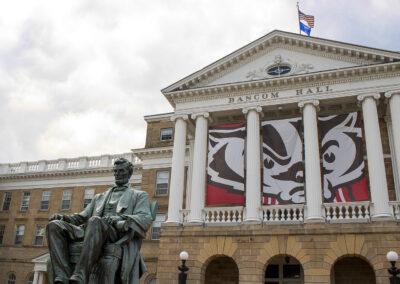
University of Wisconsin-Madison
UW-Madison creates a better parking experience with T2 Flex software and T2 Logan PARCS hardware.

Binghamton University
Background When she first became Director of Transportation and Parking Services at Binghamton University, Susan Crane faced a sobering reality: “Our parking services office was still operating in the 19th century.” As part of her goal to move this New York Division I university into the 21st century, Crane had some sweeping changes to make. Those changes began with a migration from Binghamton self-hosting to having T2 Systems host their parking data. That migration allowed the University to upgrade T2 Flex/FlexPort and install T2’s mobile enforcement application—as well as supporting newer technologies like Genetec’s license plate recognition (LPR) software, AutoVu, and integration with the University’s meter and pay-by-cell company. In other words, Crane and T2 were ushering Binghamton’s parking operations into the 21st century. Challenges “Before we implemented LPR, we had different mechanisms for campus permits,” Crane said. “We had stickers, we had hangtags, and they meant something different from each other. There were differing kinds of permit regulations based on who you are, the time of day, the time of year, all of that. We have lots for residents and lots for commuters. If a parker had a hangtag, they could give it to a friend—which would make
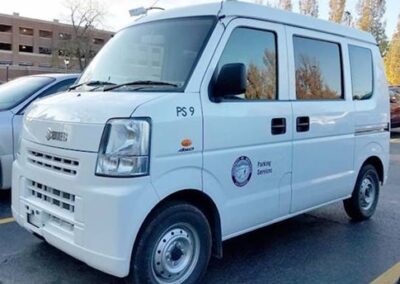
University of Wisconsin-La Crosse
Background When Victor Hill arrived at the University of Wisconsin–La Crosse (UWL) in 2013, one of his top priorities was convincing the University of the benefits of License Plate Recognition (LPR) technology. Hill, the Director of Parking and Transportation Services, had been warned that he would have an uphill battle; colleagues at other campuses asserted that the then-touted 80% accuracy of LPR wouldn’t fly with university leadership. LPR had some other reputed issues – like iffy performance in snowy conditions – which also made for potential campus leadership skepticism. Undaunted, Hill and his colleagues embarked on three years of conversations with universities like UW-Milwaukee who had employed LPR technology. His determination to know the “good, bad, and ugly of LPR” – along with due diligence in digging into product knowledge with both end users as well as T2 Systems and Genetec – ultimately paid off. UWL leadership gave the green light in the spring of 2016, and UWL installed the system in August of that year. During the prior three years of research and analysis, Hill and his staff received a major takeaway from parking operators who had already installed LPR: allocate enough time to ensure the system worked before

University of Nebraska Omaha
When the University of Nebraska Omaha (UNO) came to the realization that they had no choice but to change their parking operations vendor, they called upon their university’s nickname to inspire them: Mavericks. They knew the time to try something new was upon them, so they embarked on a journey to see how they could improve their parking operations.

George Mason University
George Mason University streamlines collections & revenue with T2 Citation Services.
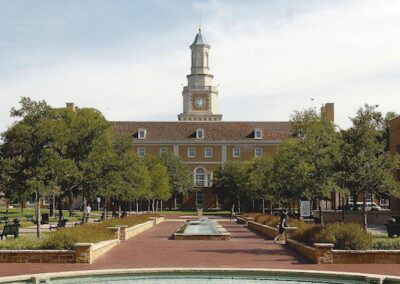
University of North Texas
University of North Texas increases efficiency and generates a more accurate revenue stream.

University of Central Florida
Advanced multi-space parking technology boosts operational efficiency for the University of Central Florida.

City of Cedar Rapids, IA
Multi-Space Parking Meters Bring Much Needed Revenue to Cedar Rapids The City of Cedar Rapids replaced single-space meters with T2’s multi-space parking solution. Leveraging the flexibility of the Luke® II pay station’s wide range of payment options, wireless networking and communications capabilities, Cedar Rapids was able to increase consumer convenience and created new net revenues, to invest in community redevelopment efforts. Cedar Rapids is the second largest city in Iowa and spans across both banks of Cedar River. It is a flourishing center for arts and culture in Eastern Iowa, as well as an economic hub of the state. Cedar Rapids is nicknamed the “City of Five Seasons,” for which the “fifth season” is the time spent enjoying the other four seasons. The Challenge: Flooding Destroys the City’s Core In 2008, 31 feet of water flooded into the downtown area, covering 10 square miles, destroying infrastructure, and causing billions of dollars in damage. Though the city received FEMA money to help with the rebuilding process, it was not enough to fully revitalize the downtown core. In addition to experiencing a flood, the city had also been dealing with outdated single-space parking meters, which broke down frequently and increased maintenance costs. As the

City of Surrey, BC
City of Surrey’s parking management collaboration made possible with T2’s Luke® II Pay Stations.

Northern Virginia Community College
Northern Virginia Community College unifies all campuses with T2.

Montgomery Community College
MCC Manages Diverse Needs Parking needs at and open admission community college campus are diverse, and Montgomery College in Montgomery County, Maryland is no exception. With 34,000 credit students and 30,000 non-credit students spread over three campuses, streamlining parking enforcement and permit management was a constant chore. However, since implementing T2 Flex™, PermitDirect and T2 eBusiness, Montgomery has optimized parking operations and seen a significant increase in citation payment revenue while offering a higher level of customer service to parkers. Parking permits can be ordered anywhere students have internet access and they no longer have to wait in line. Wide Range of Parker Demographics Half of Montgomery College’s 34,000 credit students fit the description of an average four-year university student: on campus for several days and hours a week and in need of consistent and convenient parking. But it’s the school’s 40,000 non-credit and part time students that create the vast majority of headaches. Planning the parking demand can be extremely difficult, since a student can register today and show up for class tomorrow. “Our non-credit students are on campus for many different reasons,” said Mark Pace, Parking and Transportation Manager for Montgomery College. “We have 1,500 workforce development

City of Iowa City, IA
Iowa City Unifies Parking Operations Managing parking in a municipal environment has its unique challenges, and the City of Iowa City, Iowa, is no different than any other city in that respect. In this case, in addition to managing parking for its 62,000+ residents each year, thousands of students stream into the University of Iowa, and since the downtown area and the university campus are basically intertwined, the city faces some of the same issues many large universities encounter. To help overcome these challenges, the City of Iowa City partnered with T2 Systems, a leading provider of parking management solutions for both municipalities and colleges and universities. Before engaging T2 Systems, the City of Iowa City managed all city parking with a “hodgepodge of different systems” explained Chris O’Brien, Director of Transportation Services for the city. Separate homegrown databases for permits, citation processing and finance were used. On-street enforcement consisted of 12 year old handhelds and the access and revenue control systems, including hardware, for the garages were well over 15 years old. In general, the systems as a whole were outdated and needed some upgrading. In 2008 O’Brien began making sweeping changes to the old way of doing

